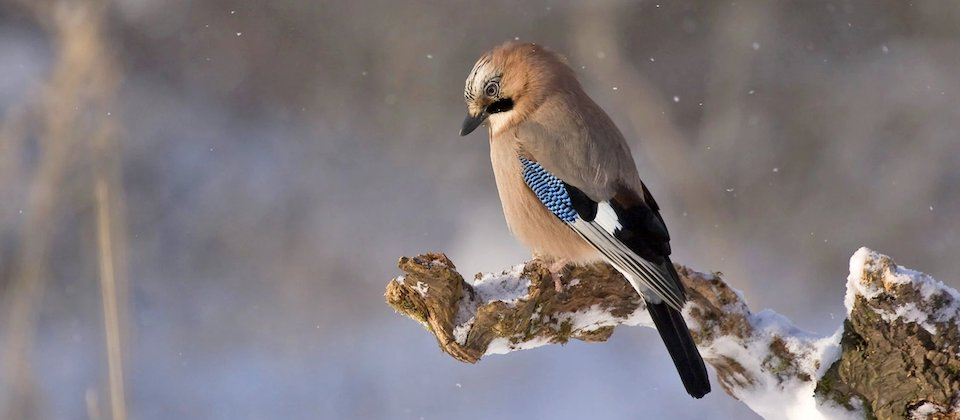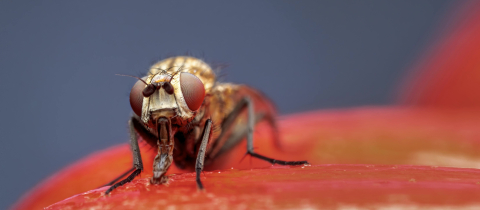Charles Darwin postulated that Toucan’s massive beaks might be for sexual selection purposes. Other scientists have theorized that it could be for shows of intimidation, for actual defense or for peeling fruit. Given the beak’s serrated edge, it was once thought that toucans used it to catch and eat fish. We now know that toucans are almost entirely fructivorous, although they do opportunistically eat insects, lizards, and even small birds.
Another thing we now know is that the main function of a toucan’s beak is actually thermoregulation! Just like elephants do with their ears and dogs with their tongues, Toucans rely on their big beaks as heat sinks, to maintain their homeostasis and save them from overheating.
Bird beaks across the globe follow a trend called Allen’s Rule, which proposes that the appendages of endotherms (warm-blooded animals) are smaller, relative to body size, in colder climates, in order to reduce heat loss. A study of 214 bird species from every continent found strongly significant differences in their beak sizes according to latitude and local environmental temperatures. From penguins to parrots, the species that live in colder places have smaller peckers.







